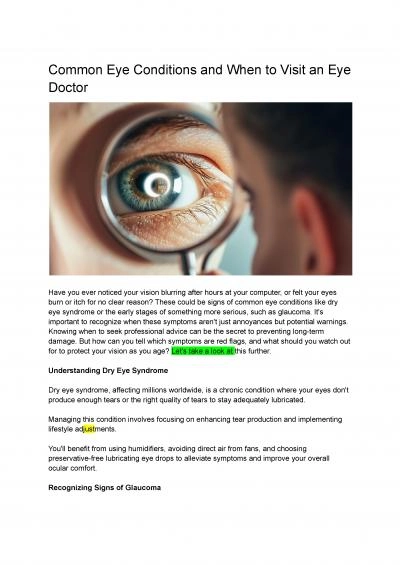PPT-Anatomy of the Eye Even though you can’t easily see it, the
Author : pasty-toler | Published Date : 2020-04-03
cornea is a very important structure in the outer avascular fibrous tunic Its composed of a transparent epithelium that covers the anterior eye and helps focus
Presentation Embed Code
Download Presentation
Download Presentation The PPT/PDF document " Anatomy of the Eye Even though you can�..." is the property of its rightful owner. Permission is granted to download and print the materials on this website for personal, non-commercial use only, and to display it on your personal computer provided you do not modify the materials and that you retain all copyright notices contained in the materials. By downloading content from our website, you accept the terms of this agreement.
Anatomy of the Eye Even though you can’t easily see it, the : Transcript
Download Rules Of Document
" Anatomy of the Eye Even though you can’t easily see it, the "The content belongs to its owner. You may download and print it for personal use, without modification, and keep all copyright notices. By downloading, you agree to these terms.
Related Documents

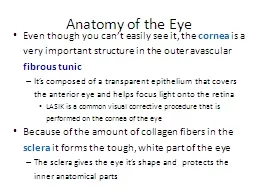

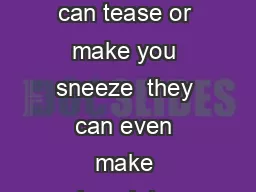
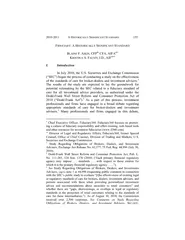
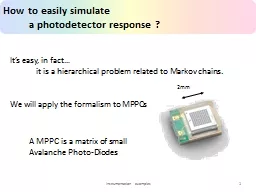
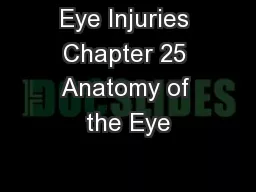
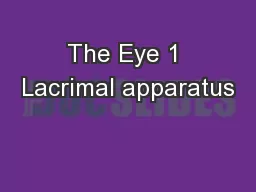
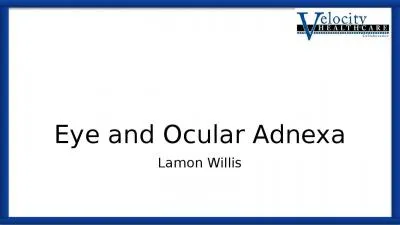
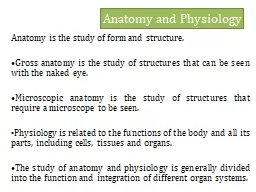
![[PDF READ ONLINE] You Might Go to Prison, Even Though You\'re Innocent](https://thumbs.docslides.com/1017284/pdf-read-online-you-might-go-to-prison-even-though-you-re-innocent.jpg)

